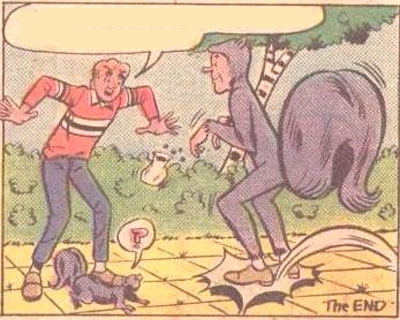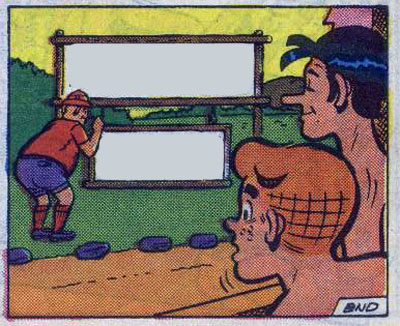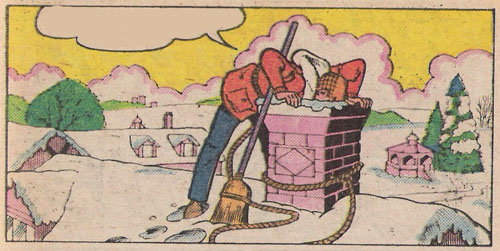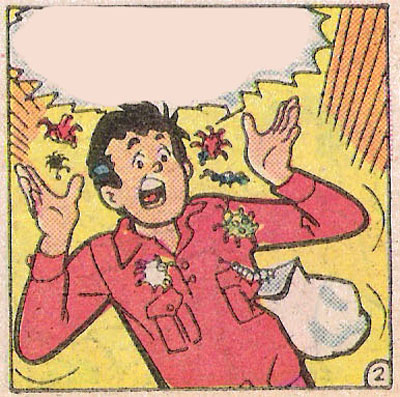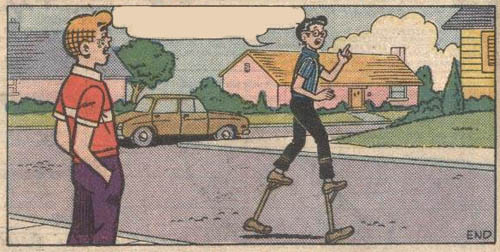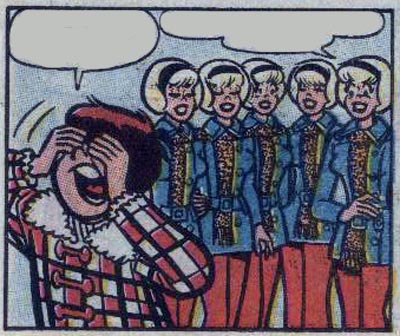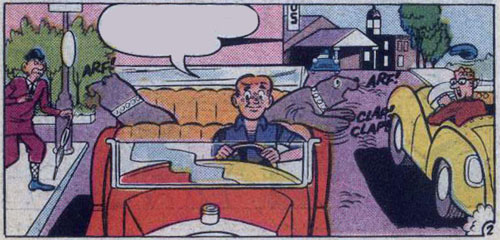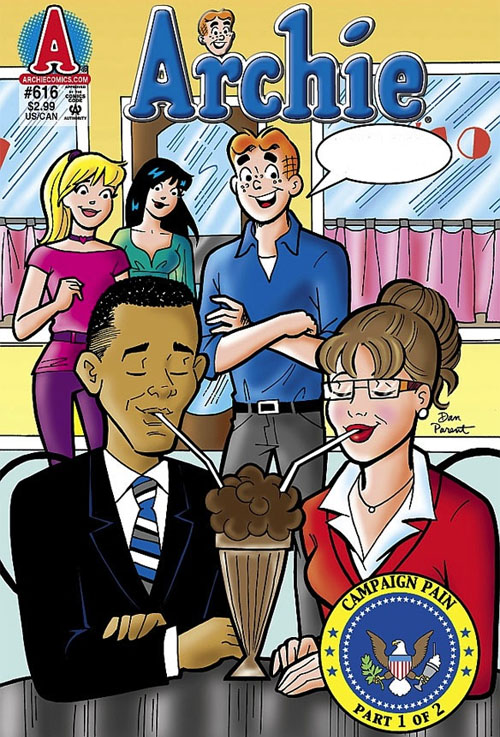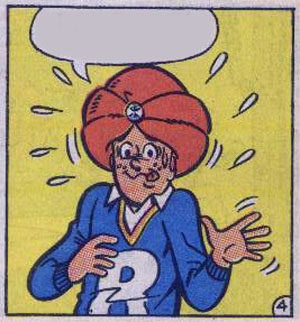Seems to make sense to handle these questions today, so:
Benman: How far ahead have you plotted Al’Rashad?
Ex-roommate Other Chris is correct when he says it was first written as a movie script about ten years ago. I’ve revised it since then, though, to an extent – fixed some beats, changed around the ending a bit – and he’s also correct in saying that I’m revising it for the new medium. (Mostly because I told him that last time we had beers together.)
However, that’s not all of the answer, since Al’Rashad: City of Myths is the first part of a trilogy of stories, to be followed (hopefully, one day) by Ra-Boku: The Topless Towers and Karukomum: Empire Of Walls. Right now, we’re at about the halfway mark of chapter 2 of Al’Rashad, which should have eight chapters if I’m doing the story math right. Al’Rashad is completely plotted out; Ka-Boku‘s plot beats are about three-quarters finished, and Karukomum – well, I know the broad strokes there.
Edgar Allan Poe: What’s the driving idea behind Al’Rashad, other than Viking Prince + Sinbad?
Honestly, it started because I wanted to write a fantasy epic and it seemed like an underused choice of setting at the time. Sometimes you don’t start writing a story with “what’s the philosophy that underlies the entire plot.” That having been said, as I wrote it, I eventually found what I wanted from it. So, yes, there’s something. Saying what would be, at this point, a pretty major spoiler.
Prankster: People sort of already asked this, but I’ll reaffirm: how long is Al’Rashad planned to be, and what’s the “elevator pitch”? Where’s the story going, without spoilers obviously?
Length: dealt with. “Elevator pitch” was always, to me anyway, “what if Lord of the Rings didn’t have fantasy races substituting in for different cultures, wasn’t slightly racist, and also was kind of different from Lord of the Rings,” which really isn’t much of a pitch but if I gave you the real pitch – well, again, spoilers.
As for where it’s going in the near future: well, obviously Halfdar and Kahal have to escape those slave cells, for a start. That’s just getting underway. After that, I can say that you’ll start to see the wider repercussions of Tanquir’s initial attack on Halfdar’s ship, as well as what Halfdar and Kahal do next.
Brendan: Why a “Caliphate” for the Al-Rashad setting, instead of a “Sultanate”? I mean, wouldn’t that be comparable to having Papal states in a traditional European fantasy setting?
Longer version: the Rashadi Caliphate gradually formed as Rashan, the religion that forms its backbone, grew in popularity. The current Caliph is the seventy-seventh in the line, the direct descendant of Rashad himself, the Eighth Seer. (The Ninth Seer, it is said, will arrive only before the end of the world.) By the laws of Rashan, the ruler of the Caliphate must from Rashad’s line, but politics being what they are this traditionally means that the various families who previously held their own sultanates in what is now the Caliphate now advance themselves politically by tying themselves to or advising the line of the Caliphs, or by being so economically powerful that although the Caliph technically is supposed to be able to say “jump this high,” realistically he never will. Dalakhra, whom you’ve only met recently, comes from the most powerful of the group of families calling themselves the Realists, who interpret Rashani scripture to consider slavery (among many other sinful acts) legal. The Realists used to control the Caliph quite efficiently, but this changed about fifty years ago.
Shorter version: It’s a Caliphate because it’s a state deriving its ruling authority through religious power. At least technically, anyway.
xourherox: Would you consider sharing your script for book one of Al’Rashad?
Maybe a bit further down the line, but honestly, you’re not going to get blown away by script pages a lot of the time, not least because Davinder and I work closely beforehand to establish visuals in advance of me writing about them, so panel descriptions end up being things like “and now we see TANQUIR’S SHIP, you know, like we talked about.”
Also, I generally like to give my artists wide berth when it comes to interpretation of what I write. Comics, they is a partnership, you know? I don’t do those giant monologues in the script like Alan Moore does.
googum: You may have already been asked or answered this, but do you work full script for Al-Rashad, or Marvel method (plot then art then script)?
Mostly full script, but I have altered the script a couple of times when I felt Davinder’s art demanded some slightly different dialogue.

